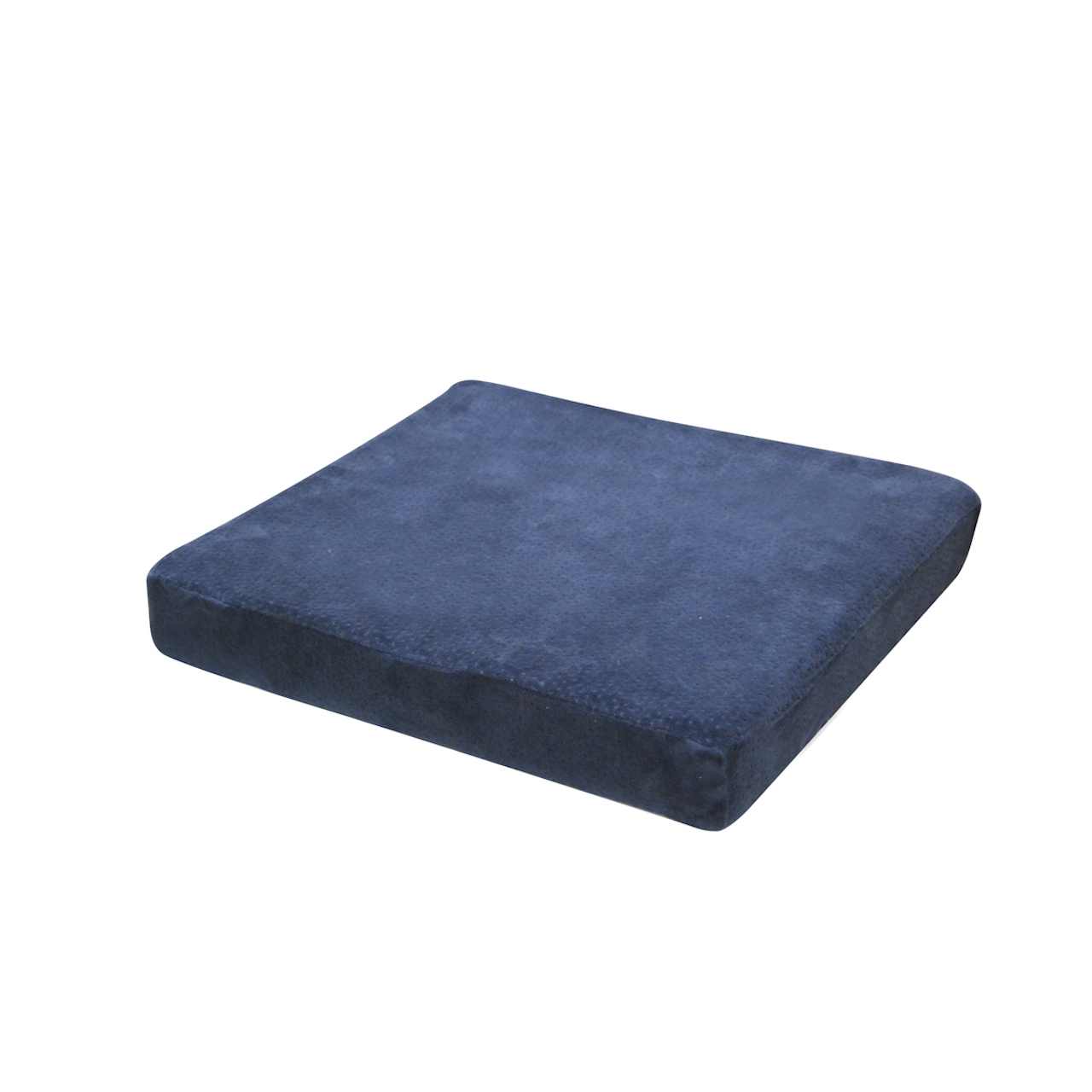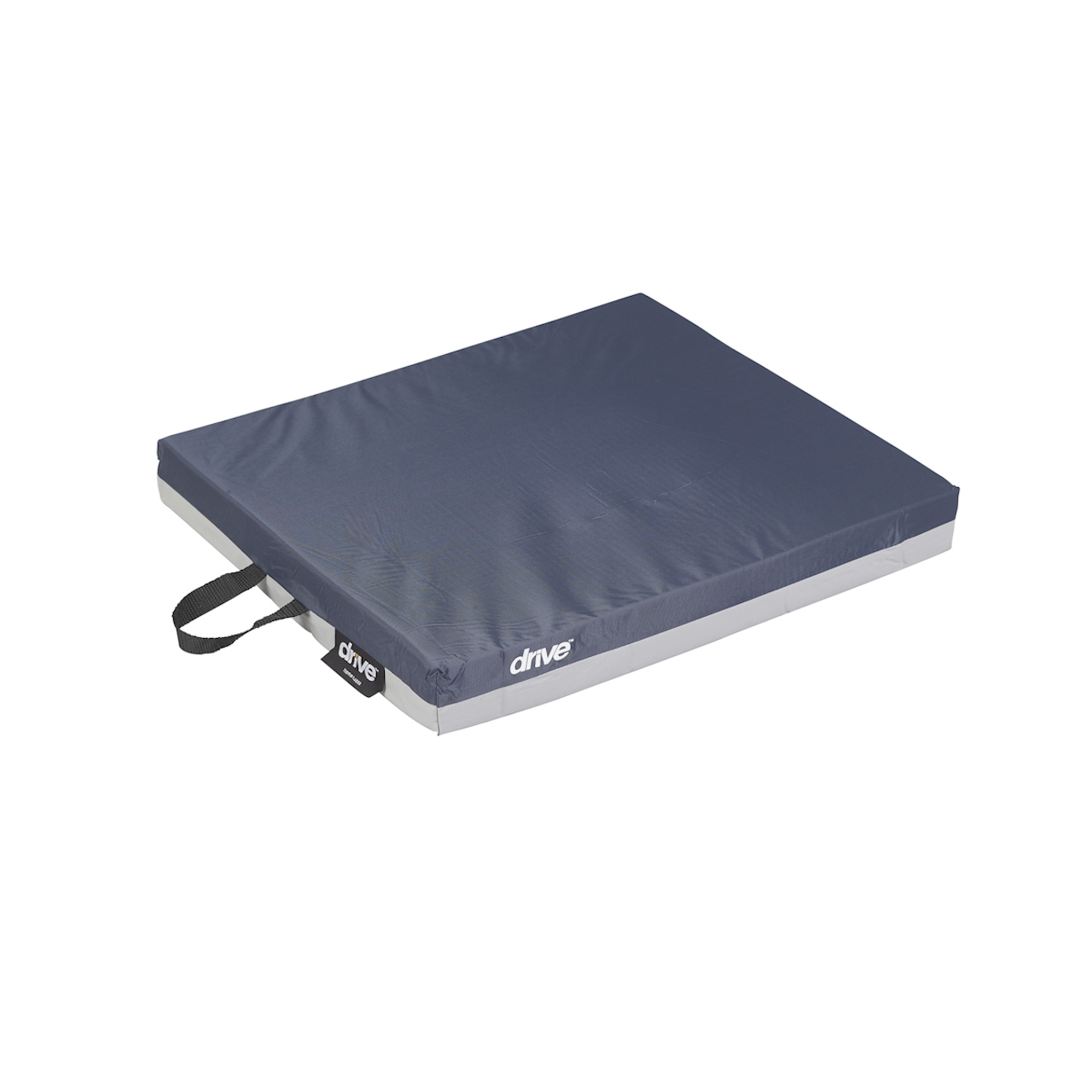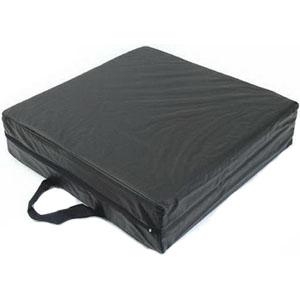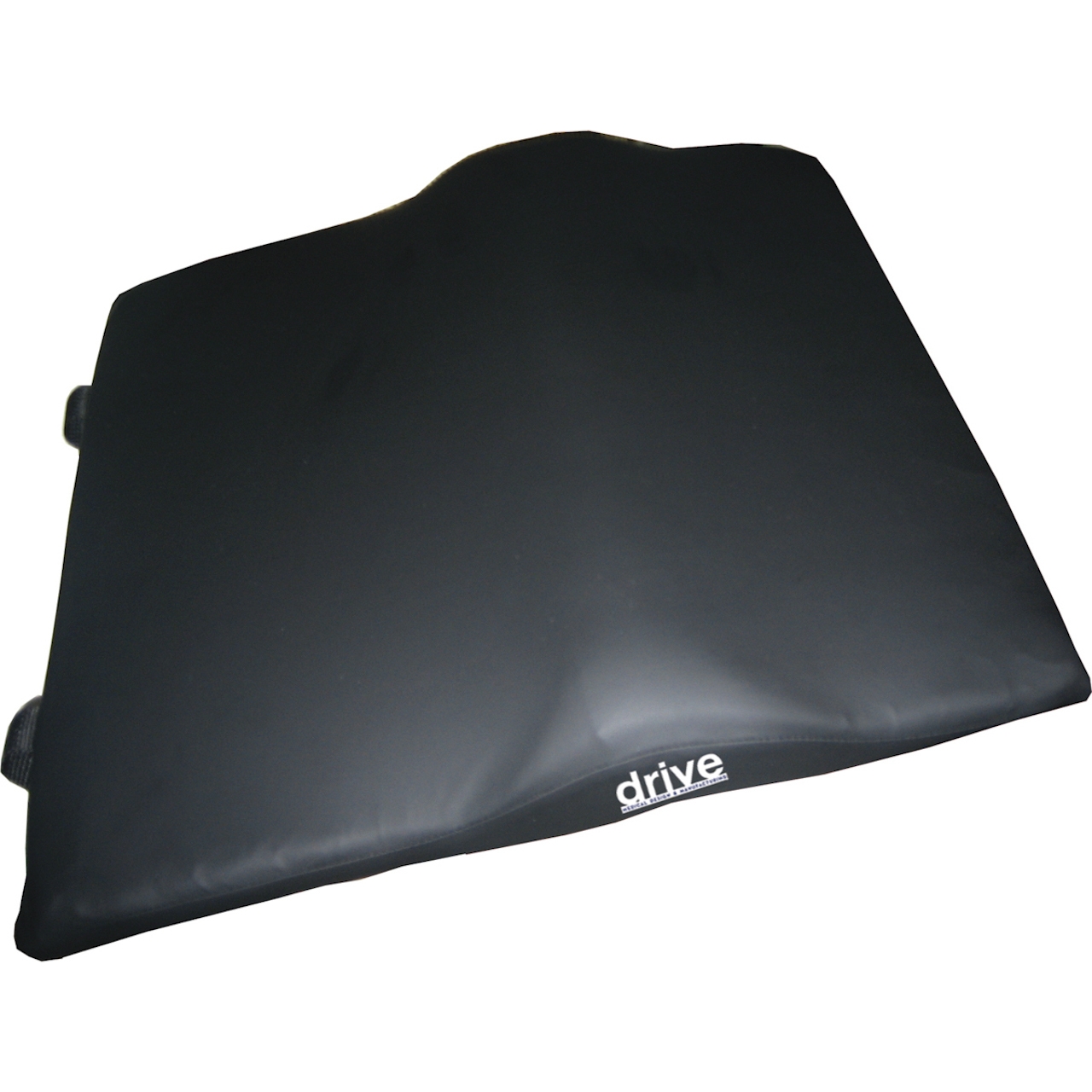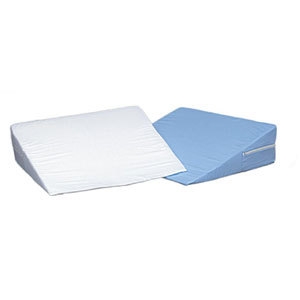Wheelchair Cushions
Researchers and clinicians agree: No one wheelchair cushion is best for all people. And it’s not just about comfort. Long days in a wheelchair can cause sores, skin breakdown, and even ulcers.
When choosing a wheelchair cushion, think about Pressure, Temperature, Moisture, and Friction. The pressure of your weight on the cushion shouldn’t damage your skin. The cushion shouldn’t cause your skin to heat up. The cover should wick moisture away. The friction between the cushion and your clothes should not make transferring difficult or be so smooth you keep sliding out of position.
Here are the different types of wheelchair cushions with the pros and cons for each so you can determine what cushion would best meet your needs. Keep in mind that some users keep multiple cushions for various environments and seasons, for example Foam for Winter and Gel for Summer.
Foam wheelchair cushions absorb impact loads well and fit the body, but can be hot.
Gels and viscous fluids wheelchair cushions minimize heat and are often used in combination with foam. When combined with a contoured non-deforming foam base or a flat, compressible foam base they can absorb the vibrations of a moving car, but not the impact of bumping over a curb.
Air cell wheelchair cushions are compressible, but must be pumped frequently. Some fit the body while others do not. Some dissipate heat well, all can handle moisture, and most will absorb impact loads.
Convoluted wheelchair cushions provide excellent shock absorption and are ideal for the treatment and prevention of ulcers.
There are no products listed under this category.



